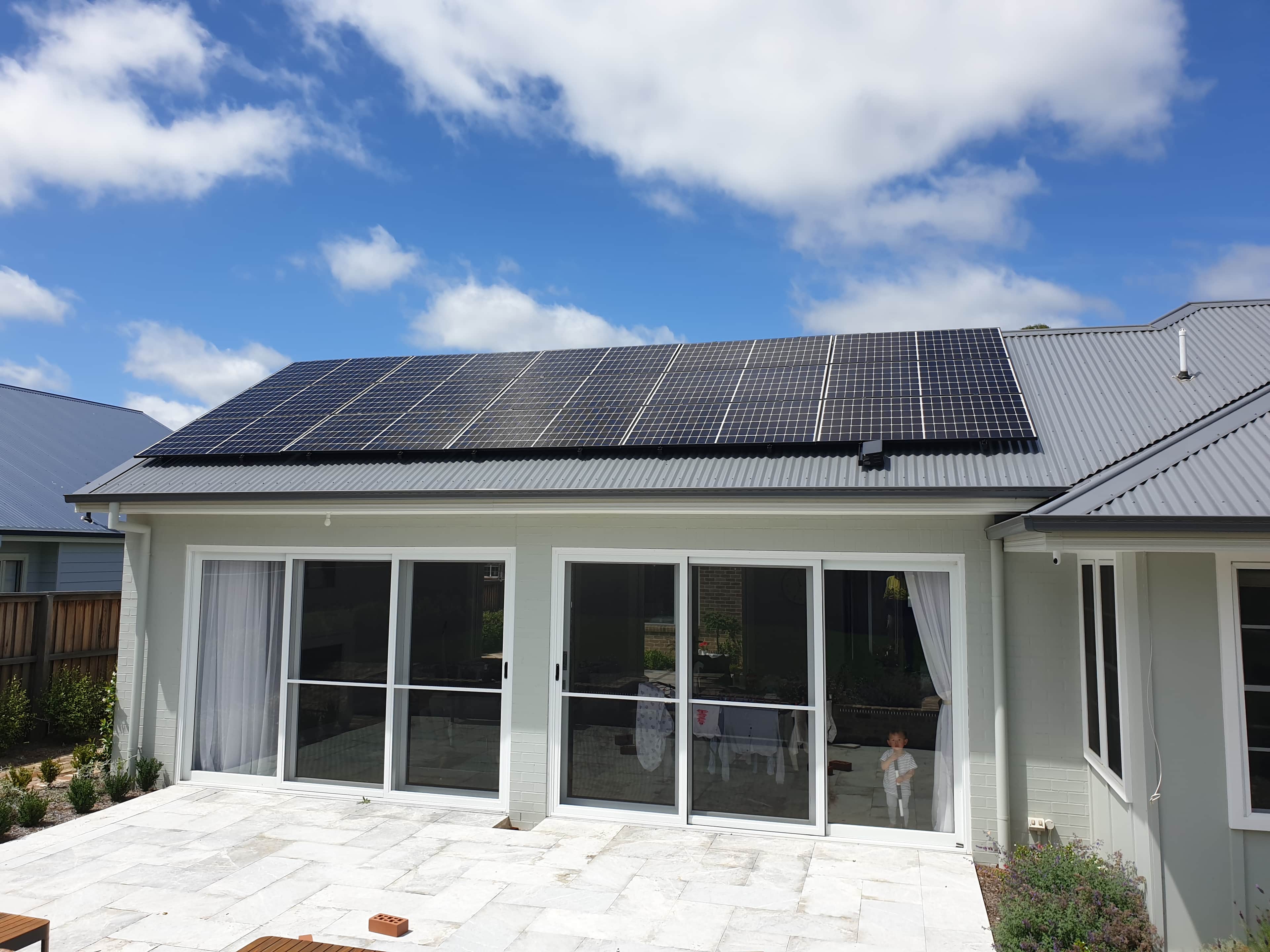
I’ve Got Three Phase Power But I’ve Been Quoted for a Single Phase Solar Inverter
The goal of solar system owners in Australia should be to use as much of the solar power in the home at the time of generation. The cost of electricity has skyrocketed over the last few years with most households on time-of-use billing now paying over 30c per kWh on average.
So why are you getting quoted a single-phase inverter when you have three-phase power? Won’t you still be paying for power on the other two phases? Let’s find out.
Key Takeaways:
Single-Phase Inverters Work on Three-Phase Power - Even if your home has three-phase power, a single-phase inverter can still function efficiently. Modern digital meters reconcile energy usage across all phases. They first use your solar power efficiently and then export any excess to the grid.
Energy Metering Offsets Usage - Your three-phase meter records the total energy consumption across all phases before calculating solar export. Even if your inverter only feeds power into one phase, the system balances it out, preventing you from paying for power used on other phases as long as your solar generation covers it.
Larger Systems May Require Three-Phase Inverters - If you're installing a 10kW or larger system, you might need a three-phase inverter to meet grid requirements. It’s best to consult a solar expert to ensure you get the right setup for your home.
A Single-Phase Inverter on a Three-Phase Supply
When your solar installation is completed your existing meter needs to be replaced with a new bi-directional solar meter by your energy retailer. If you have three-phase power this meter will be a three-phase digital meter, and it will replace your existing meter (or meters if you have three old analogue meters). Typically your new meter will be the Atlas EDMI polyphase meter or similar.
This meter is programmed so that it records the consumption across all three phases before it sees any solar power as surplus. The meter reconciles the three phases and records your total usage as one total before recording any excess solar power.
As an example:
You are using 1kW of power on each of your three phases for a total of 3kWs
You have a 5kW solar system that has a single-phase inverter that is outputting 4kW of power.
What actually happens technically is that 4kW of power is fed into one phase. You use 1kW of the solar power and 3kW is fed off to the grid. Your other two phases use power from the grid, in this case, a total of 2kW. So you have 3kW going out to the grid and 2kW being used from the grid.
However, what gets recorded in your meter in this example is firstly a total of your usage across the three phases: 3kW. It will then record any excess solar power, in this case, 1kW. You will not pay for the 2kW that have been used from the grid as it is covered by the 2kW you sent to the grid – a way of explaining this is that the phases cancel each other out.
To clarify, you have not bought any power from the grid and you will get a feed-in tariff from your retailer for the excess 1kW sent to the grid.
This means that in most cases, 1KOMMA5° will install a single-phase inverter for any system that is smaller than 10kW, including our SolarEdge and Enphase systems. It is a waste of money buying an expensive three-phase inverter, as quite simply it adds no additional value.
If you are looking at a system that is 10kW or larger, please contact us for more information about a 3 phase system. In some cases, you need to have three-phase power to install a larger system, and so we will need to install a three-phase inverter, but it varies.
Solar power can be confusing if you are only getting general advice. Why not give our Solar Team a call for personalised expert advice. We can tell you exactly what type of system will be a good fit for your home without the sales pressure.

More Helpful Articles:

1KOMMA5° Blog
Need more information?
Head over to the 1KOMMA5° blog for more helpful tips and other important guides on everything solar, from inverters, panels and batteries to how to make the most of your investment for years to come.